Why should you block your socks?
Blocking your socks is entirely optional but I like to do it for two reasons:
- During the first wash fibers relax and the fabric becomes softer and even.
- Blocking also gives the knit it’s form and opens up the stitch pattern so that it does not look like a wrinkly mess.
I recommend you to block your socks, especially if you’re going to gift the socks or if you are making a pair of colorwork, lace or cable socks. Blocking is also good idea if you are aiming to take a beautiful photo of your knit. After putting hours of hard work for your socks don’t you want them to look as good as possible?
To demonstrate the effects of blocking I have added a few before and after photos below. The knit on the left side of each of the photos is blocked and on the right side not. What a difference!
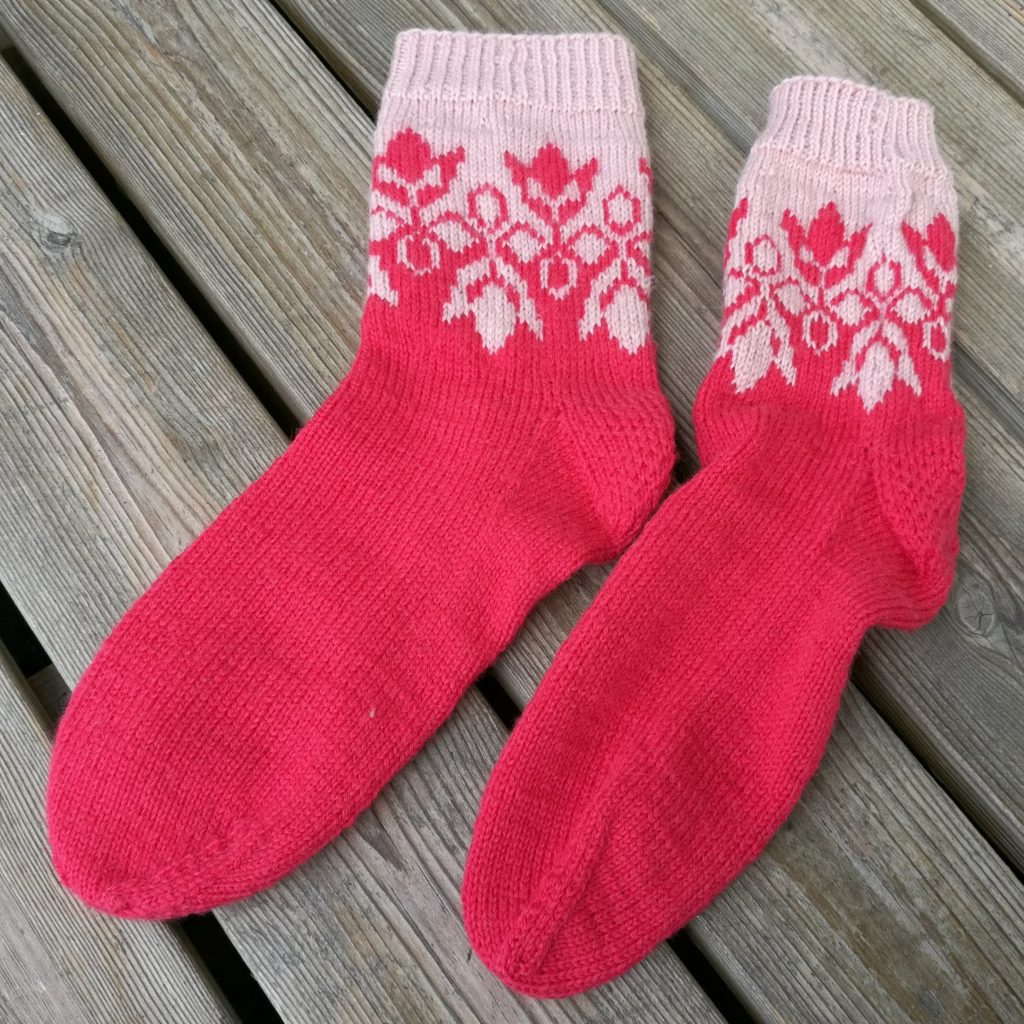
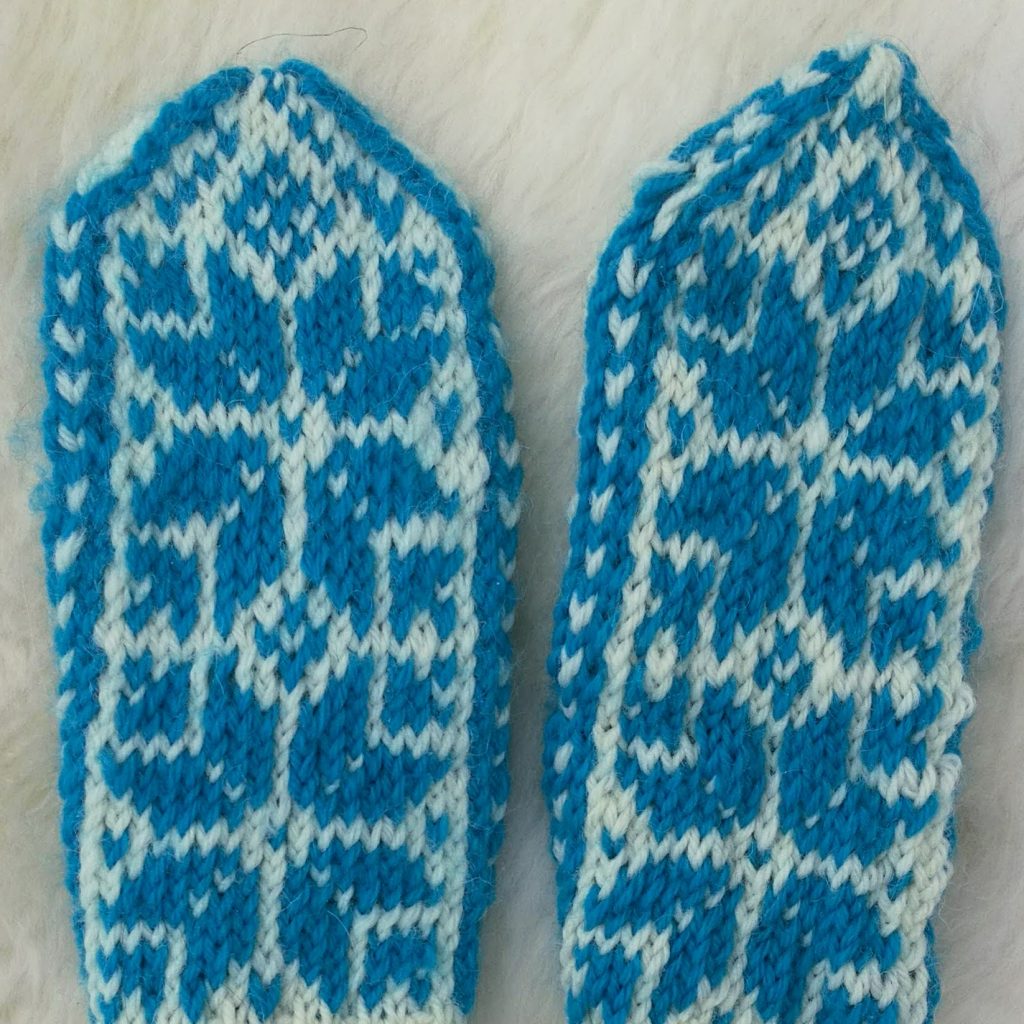
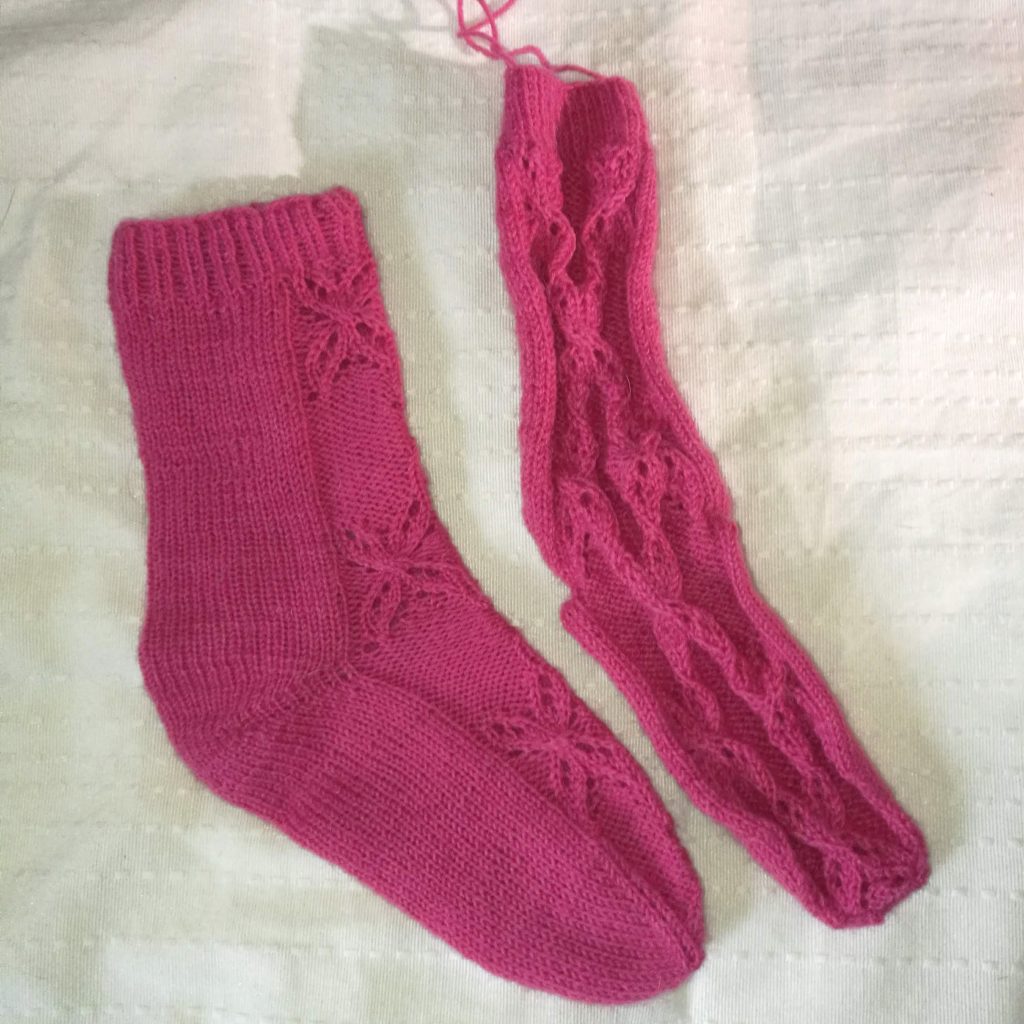
How to block socks
Step 1: Let is soak
Fill a clean sink or basin with water. For wool use cold water and soak your socks for 15 minutes or as long as the sock stays underwater without you having to keep it there. If the manufacturer’s recommendations for the time and water temperature are different you should follow them. I usually add a little amount of rinseless wool wash to the water.
It is completely normal that sometimes sock yarns with highly saturated colors may bleed some color into the water. In that case, you can add some vinegar to the water to set the dye and change the water a few times. If after a few water changes the water still gets clearly colored you should contact the manufacturer for further instructions.
Step 2: Remove excess water
Lift your socks out of the water making sure to support their weight evenly so that the wet fabric doesn’t sag. Especially items made of superwash wool (machine washable wool) might grow a lot after a soak. That’s completely normal. They will shrink back if you don’t let the wet fabric sag.
Gently squeeze (never wring) to remove excess water. If you think that you were not able to remove enough water by squeezing you can make a “sock burrito”. Put the sock inside a clean towel and then wrap it as if it was a burrito. Then put the towel with sock inside onto the floor and then walk over it a few times. Making the burrito is optional if you are able to remove enough water by squeezing.
Step 3: Shape your knit
For shaping I like to use sock blockers. Sock blockers are just simply items made of wood or plastic that look like a sock. You are supposed to slide your damp sock onto a blocker and let it dry. When you take the sock off it has taken the form of the blocker. I like to dry my socks flat on top of a laundry rack because that way they get more air and thus dry faster than on top of a table for instance. Also if you dry them flat they stay on the blockers better.
If you don’t want to invest into sock blockers you can also gently spread the damp sock out into a rough approximation of the desired shape and let it properly dry. It is important to dry the sock flat otherwise it may grow and lose its shape.
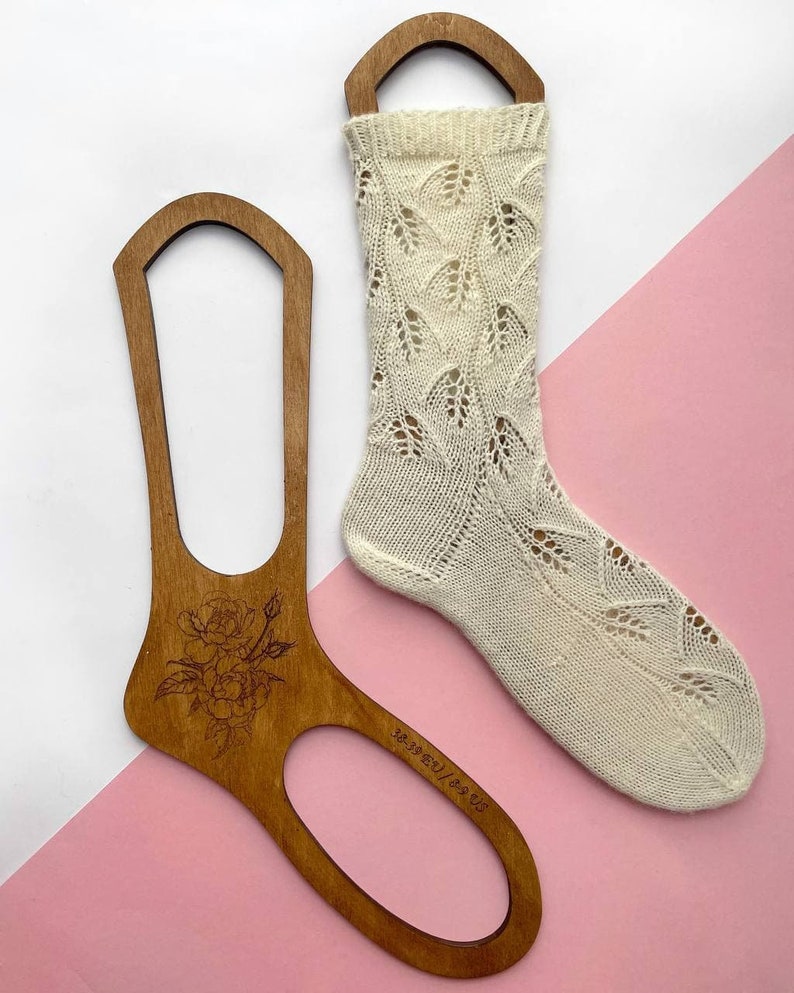



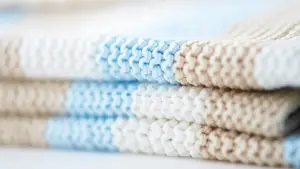
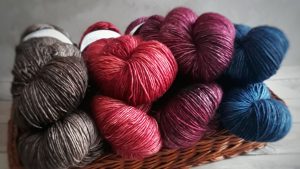
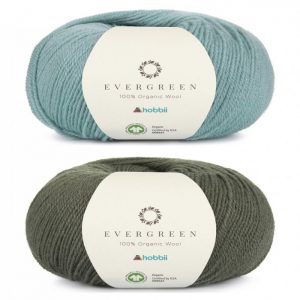

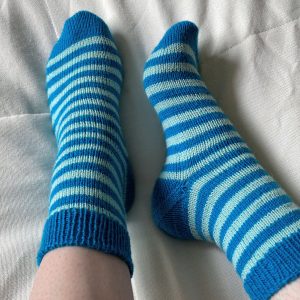
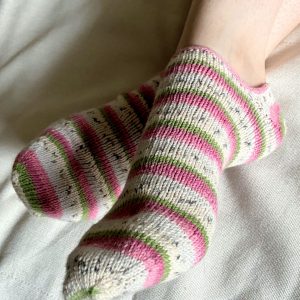
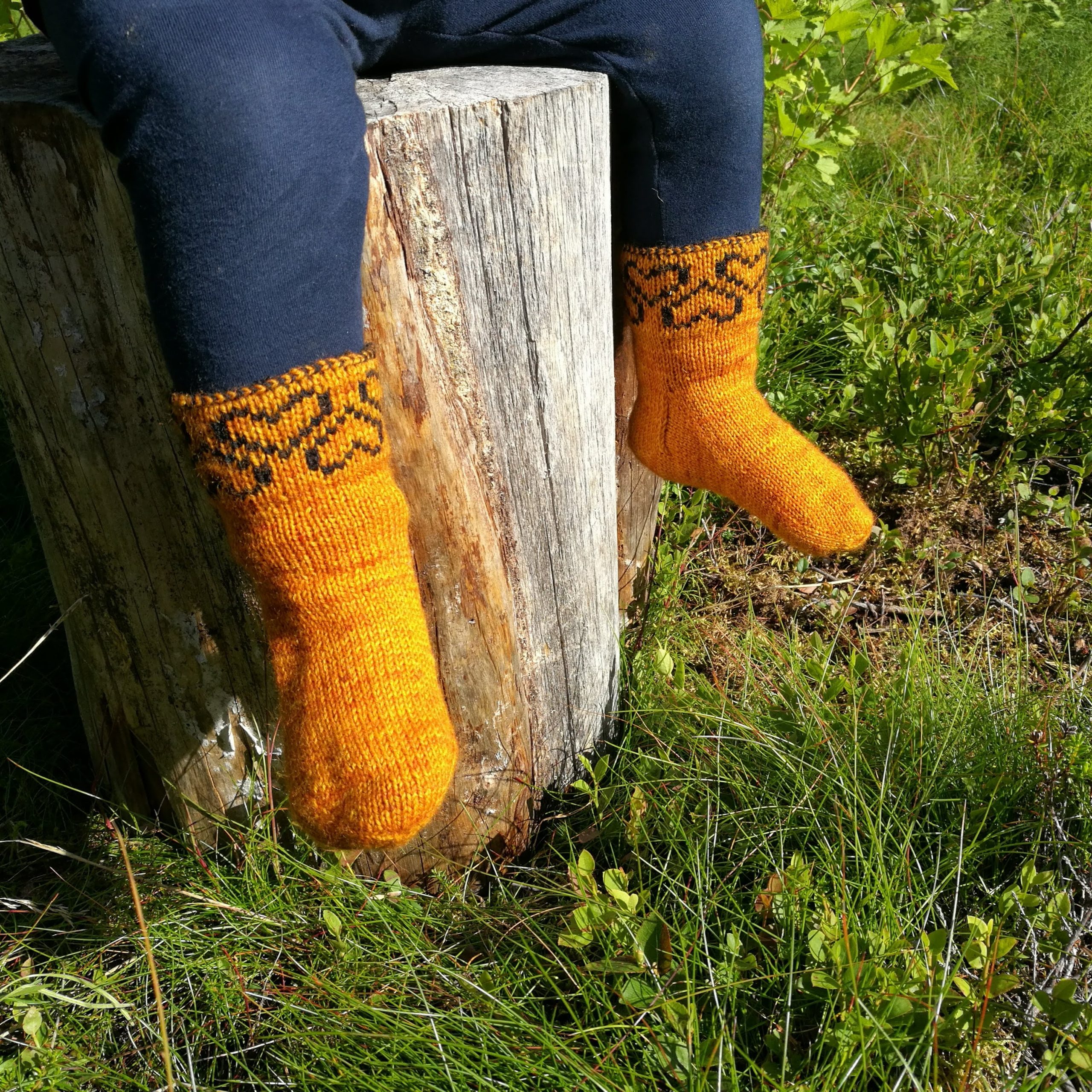

One Response
Thanks for the info on blocking socks. I’ve made too many pairs only to have them ruined either by machine washing or handwashing but not paying enough attention making sure they end up the correct fit.